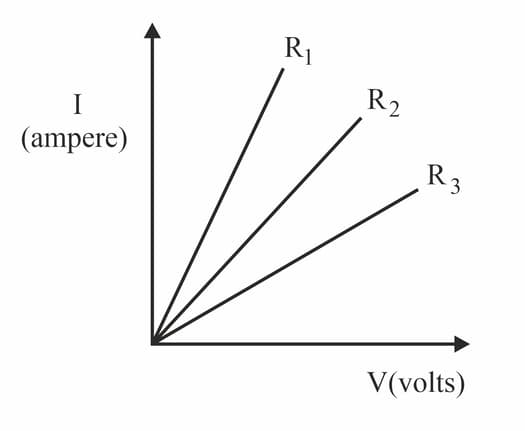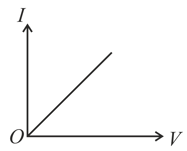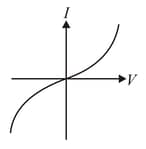MEDIUM
Earn 100
A student carries out an experiment and plots the V-I graph of three samples of nichrome wire with resistances respectively. Which of the following is true?


(a)
(b)
(c)
(d)
59.3% studentsanswered this correctly
Important Questions on Current Electricity
EASY
EASY
EASY
EASY
characteristic of a copper wire of length and area of cross-section is shown in figure. The slope of the curve becomes

EASY
EASY
EASY
The following graph shows the characteristics of

EASY
EASY
EASY
EASY
Is Ohm’s law universally applicable for all conducting elements? If not, give examples of elements which do not obey Ohm’s law.
EASY
EASY
EASY
EASY
HARD
EASY
| Current A | Voltage V | Current A | Voltage V |
|---|---|---|---|
MEDIUM
EASY
EASY

